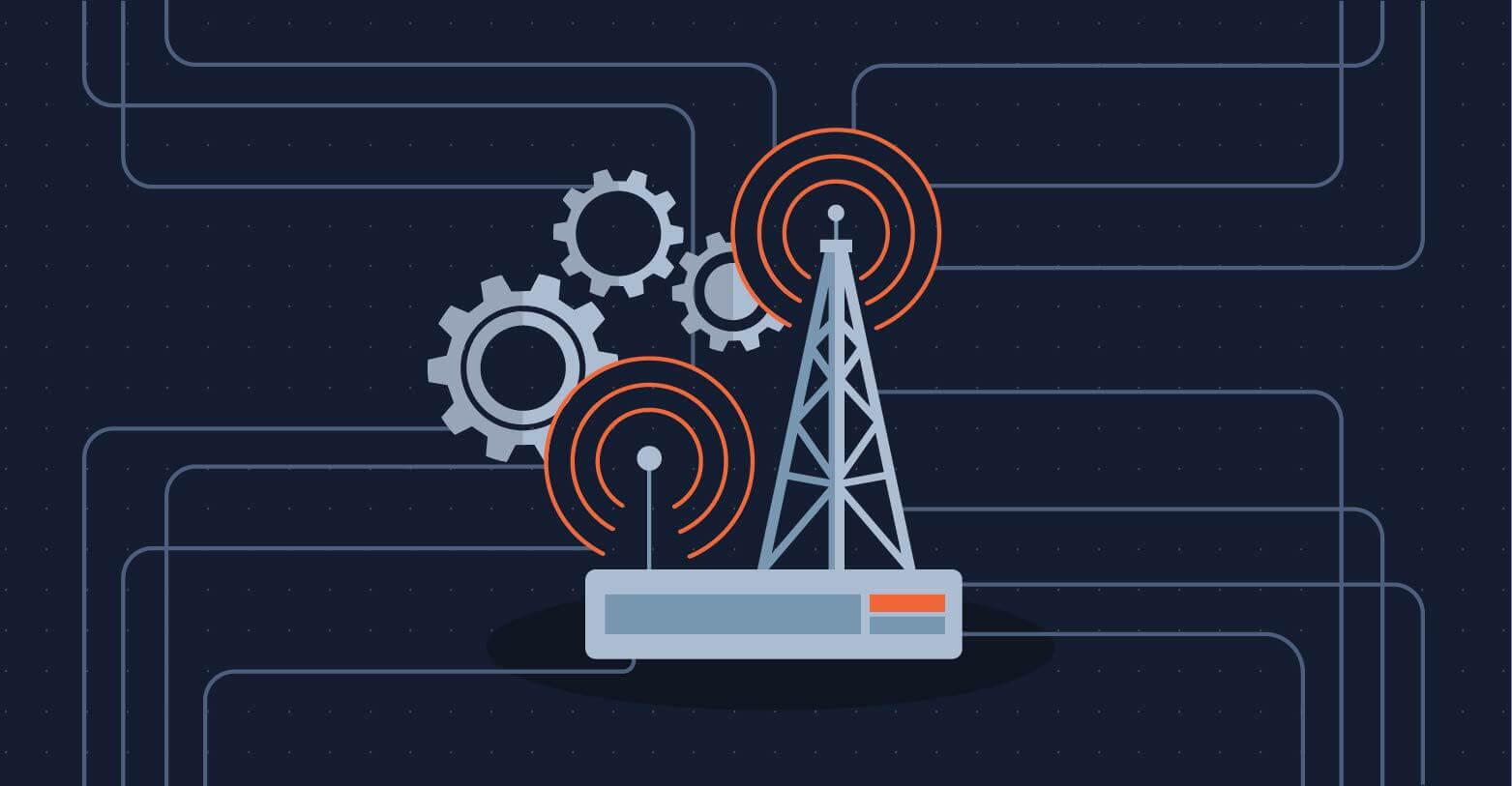The main priority of any Communications Service Provider (CSP) is to consistently meet the demands and concerns of its customers, but this is becoming more difficult to do as the rate of new technologies continues to expand. To address this accelerating rate of change, CSPs have begun to invest in recent innovations in technologies such as AI. A 2020 report by Deloitte, “The Age of Telecom Network Automation,” highlights that CSP investments in AI will reach $11.2B by 2025. According to Futuriom, a research and analysis community, corporate AI initiatives will be directed towards implementing customer-facing automation within call centers. It’s reasonable, however, to estimate that at least 50% of the increase in investments will account for the automation of CSP networks. There is urgency behind CSP investments – the developments behind closed-loop monitoring, telemetry, and intent-based networking, as well as Cloud automation and Network as a Service (NaaS) – and these investments will fuel those innovations to help advance network operations within organizations.
As CSPs complete their first wave of internal automations, they will begin to automate operations that involve business partners and suppliers. In response, the industry is seeing demand for innovation, value creation, revenue acceleration and new revenue generation from the wireless providers that need strategies for interacting with facilities and ethernet providers.
Let’s discuss this network automation journey for CSPs and why it’s necessary to maintain a competitive advantage.
The Pressure is On
CSPs are facing more pressure than ever before for their networks to perform without failure. With the explosive growth in cloud-application usage, mobile devices, and extending connectivity and computing to the edge with 5G, CSPs must keep up with demands for more total capacity and higher throughput. This shift forces network operators to change how they manage and deliver network services.
As a result, network operators want to employ automation to help respond to increased demand with faster provisioning, while maintaining service delivery requirements. Since most CSP networks span multiple domains (cloud, mobile, wide area network, radio access network, edge, transport, data center, managed services, etc.) and require a higher level of investment and management, ensuring network automation initiatives are correctly designed, developed and implemented is key to future success.
More Than Speed
The majority of network advancements and discussion of the past 20 plus years have been focused on speed. While service providers have pushed their networks to deliver more bandwidth to their customers, innovation has stalled. They have largely continued to deliver the same product, but at a faster speed, enabling the Over The Top (OTT) players to encroach on revenues by providing innovative services.
Modern consumers have begun to accept the speed of their internet connection as a given. They don’t care who their internet provider is, as long as they can use the network how they wish – without disruptions. As long as that is the most important criteria in regard to network operation, the CSP remains invisible to the end-user. This has resulted in a situation where the only recognition service providers receive are for negative reasons – network failures, horrible customer service, outages, or the lack of access to higher quality streaming. For the survival of CSPs, they must understand that fact, and develop actionable plans for combatting competitive offerings. Fortunately, most CSPs realize this.
The Future is 5G
Mobile service providers need to move to a distributed edge cloud that employs virtualization and automation technology to support 5G-based applications and services. While “edge compute” or Multi-Access Edge Computing (MEC) strategies vary among the leading mobile operators and vendors, one thing is certain: Cloud virtualization technologies will be adopted to support the scale of infrastructure that is needed.
As we move to the new world of the automated edge, the only way to roll out 5G services in a cost-effective way is through automation. Operators must make major strides in improving legacy workflows and processes. Even today, in some instances the management of networks and connections is still managed with manual spreadsheets, but the scale and magnitude of the 5G deployment will render this approach impossible. Automation is necessary to meet current and future needs and expectations.
Looking at these needs and advancements within the CSP space, it is evident that services are no longer static. They change as customer needs change. Without this understanding, service providers will find it difficult to meet the demands of its customers and as a result will lose their competitive advantage. Now more than ever, network automation is critical to create a dependable and seamless experience.
Itential is focused on helping the largest Service Providers across the globe deliver successful network automation projects by providing a platform that enables teams to automate across multi-domain and multi-vendor environments, ending the need for manual changes and accelerating the journey toward an automated future. Learn more about the competitive advantages we’re deploying together here.
Article Originally Published on RCRWireless.com.





